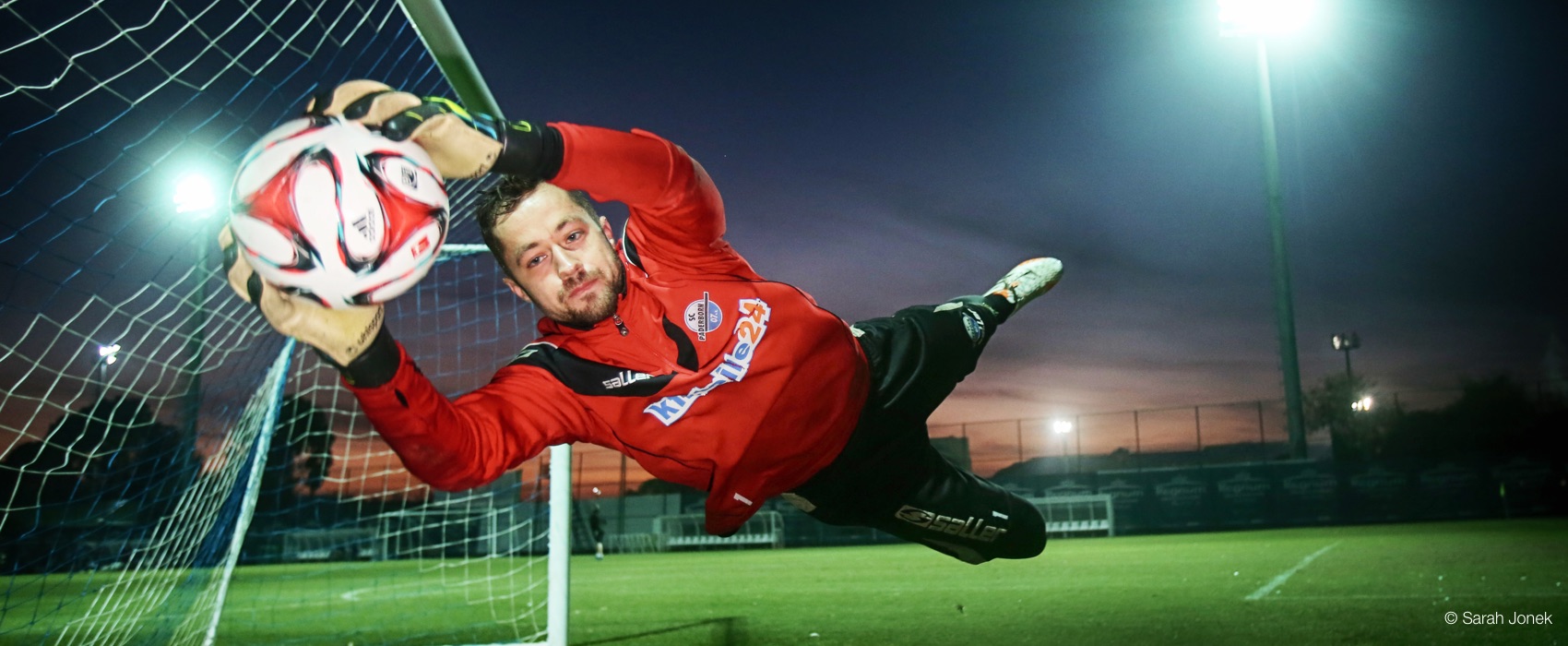“Excellent treatment and great result.”
„I got rid of my glasses I had always been bound to due to myopia! From the first appointment, I felt that I was in good hands. The Lasik result is stellar. On the first day after the operation, my vision was already at more than 100%! I can recommend the Relex Smile method without reservations since it’s a fast, painless procedure with a great result!!“









